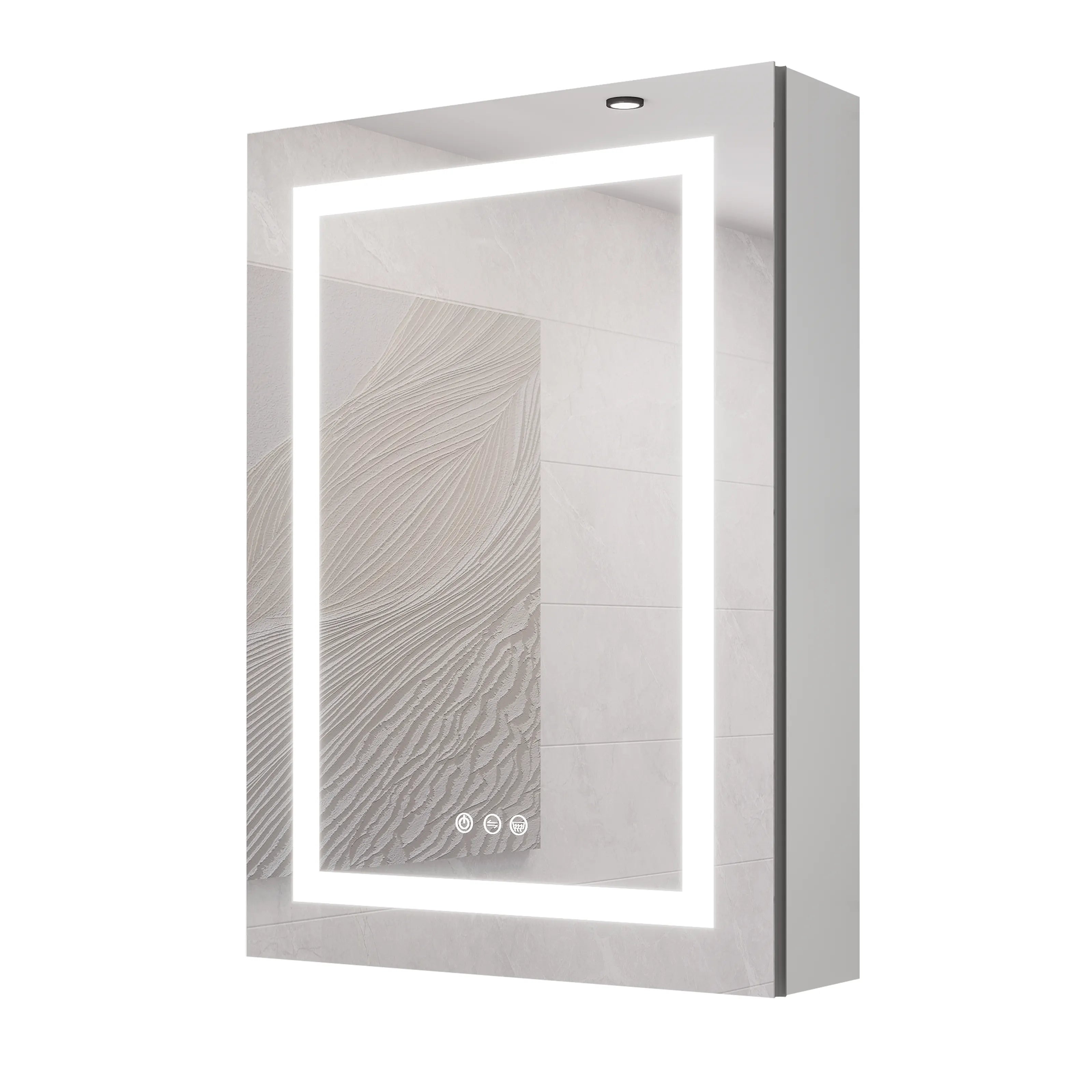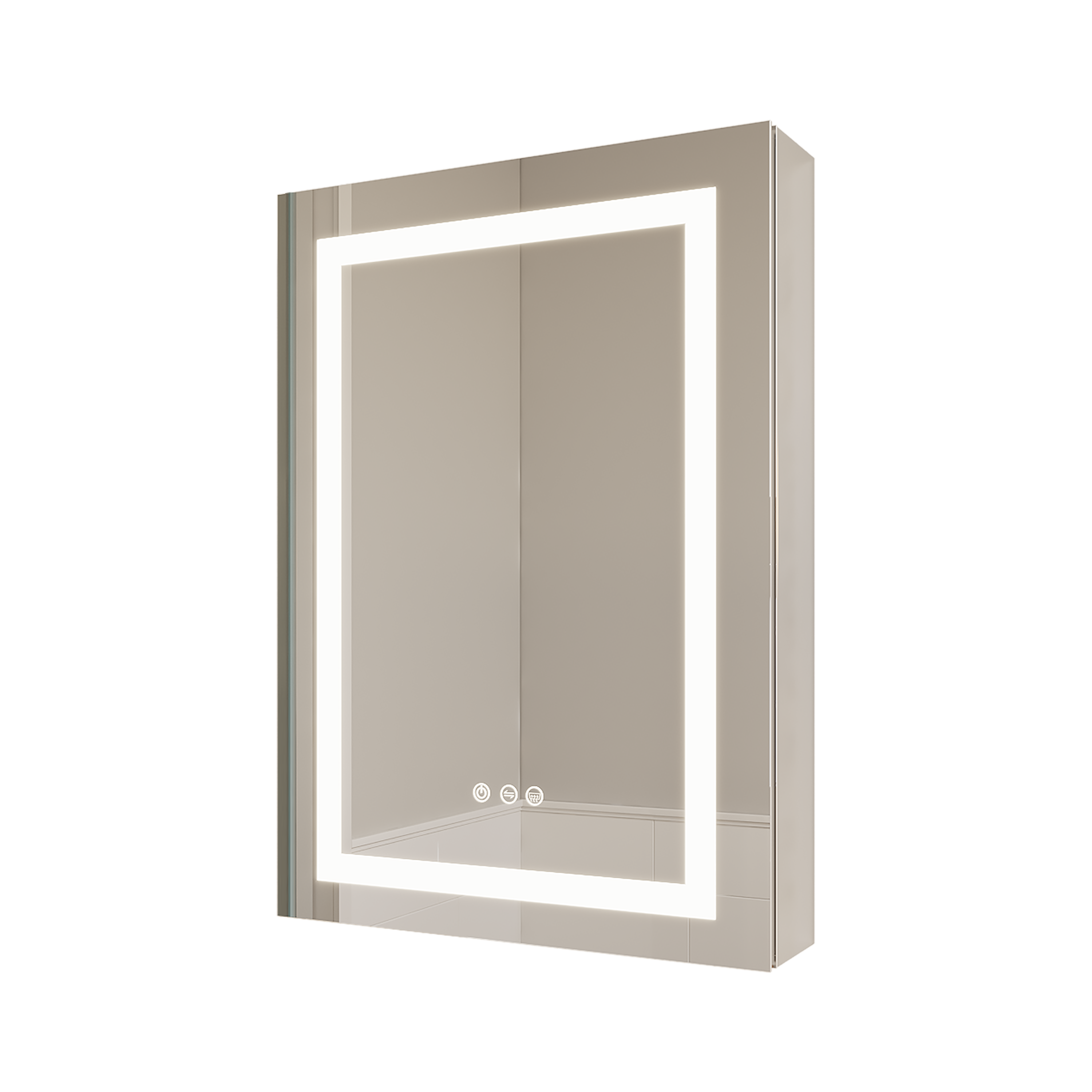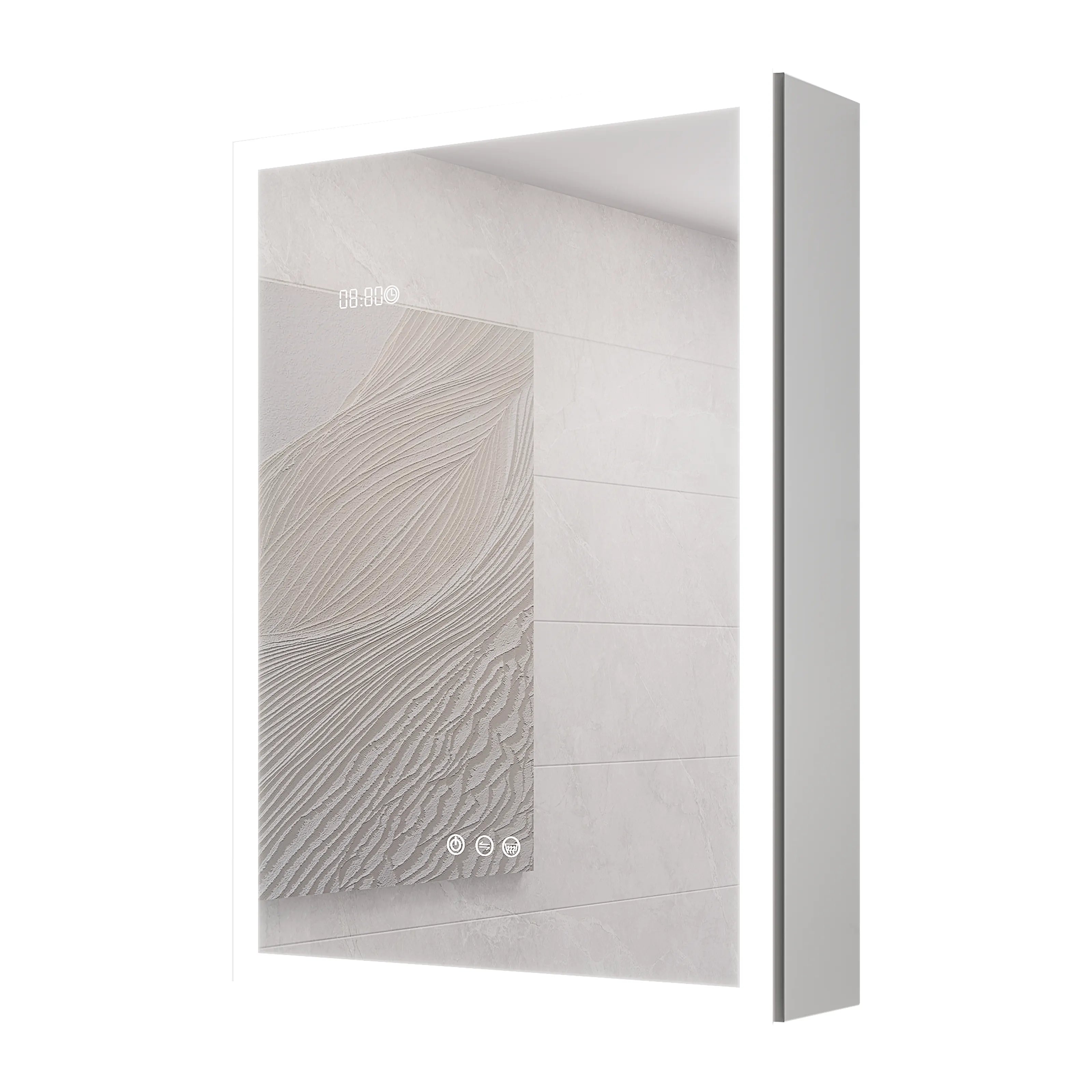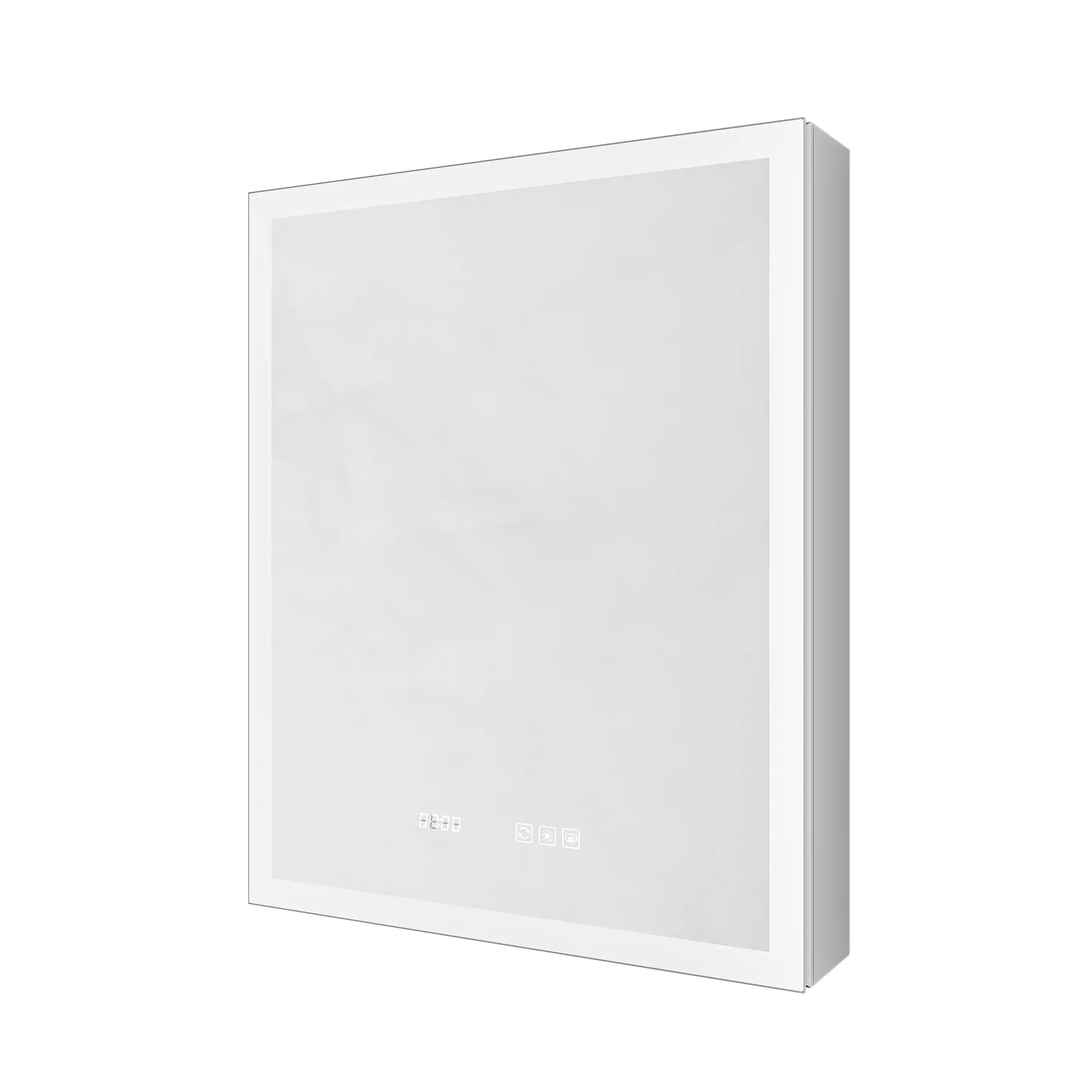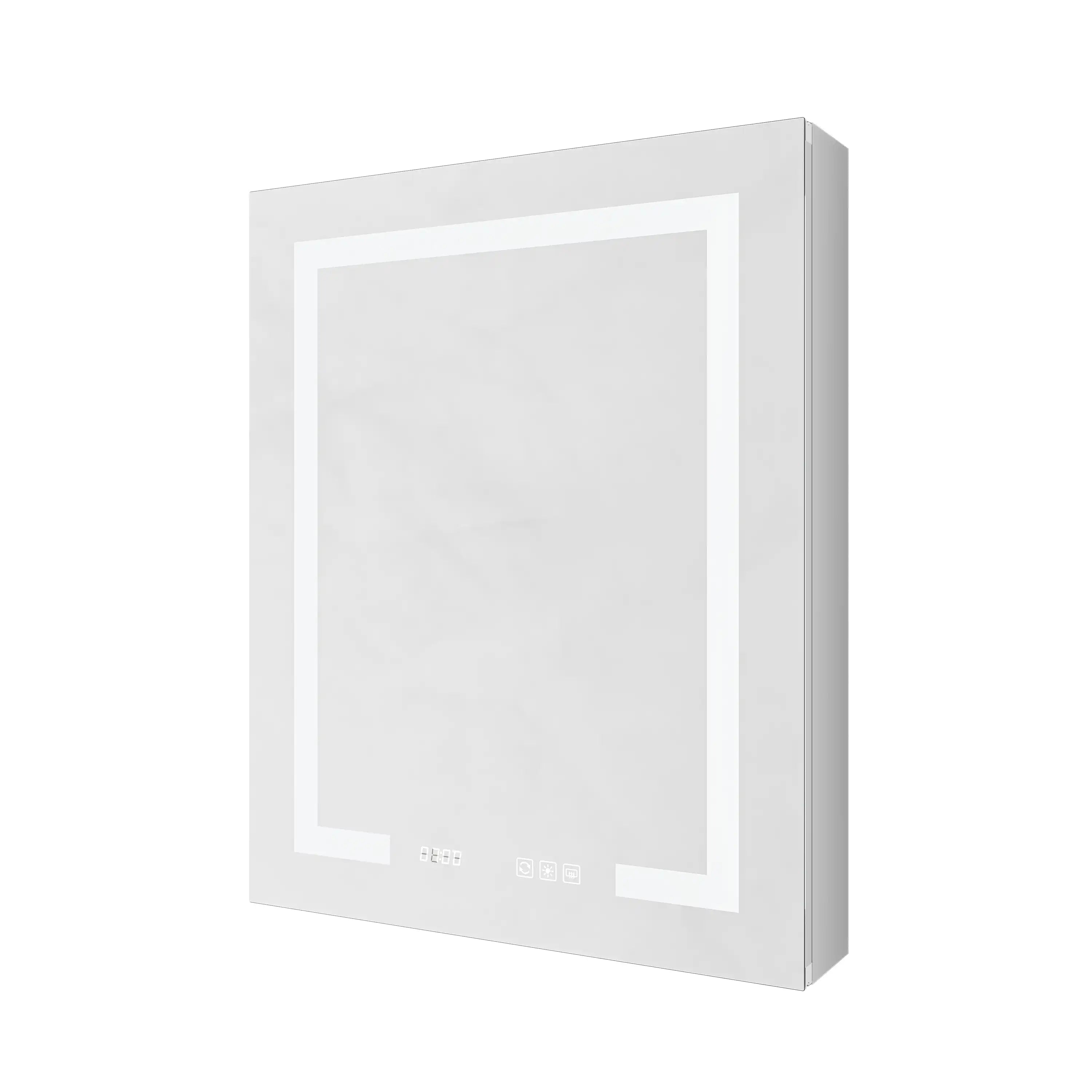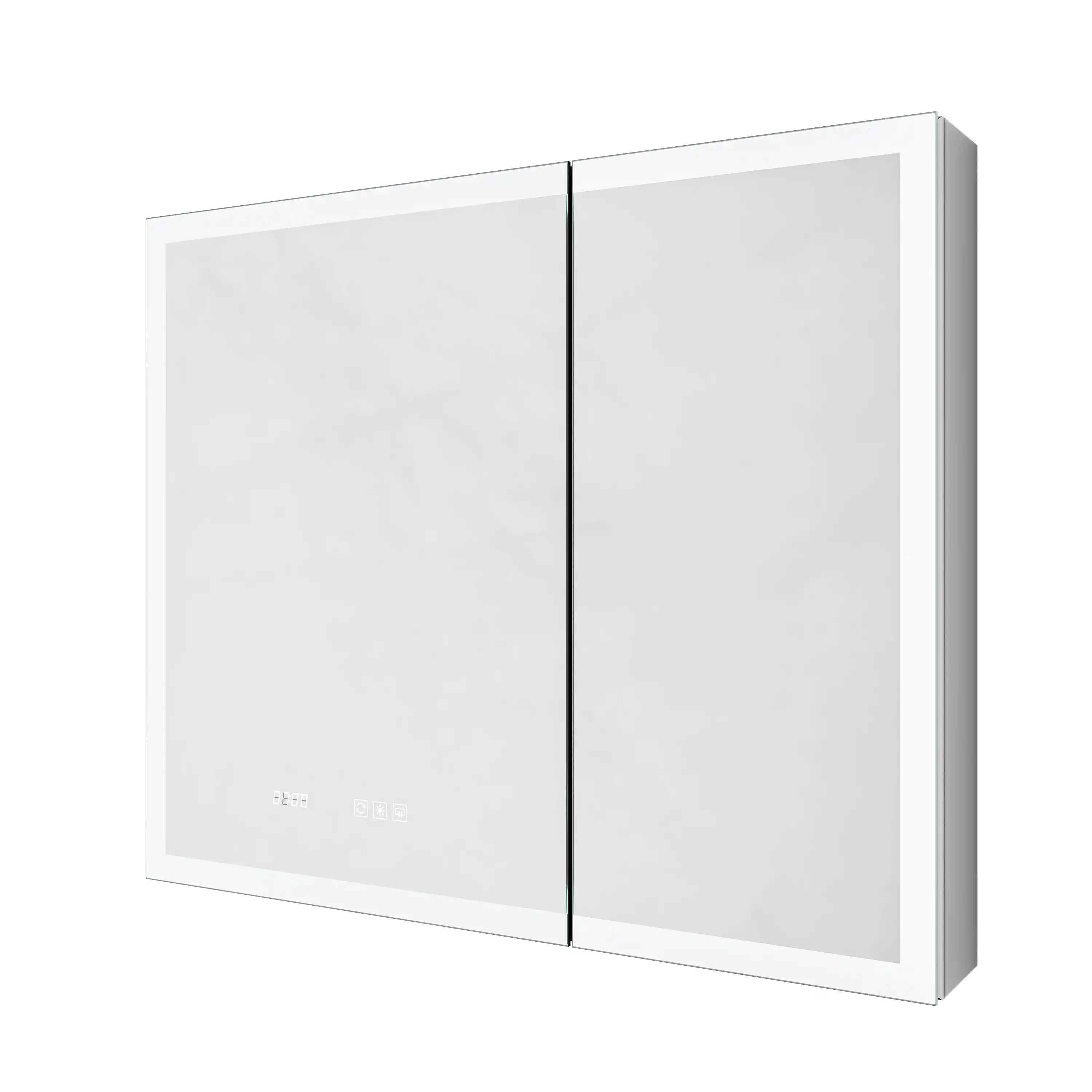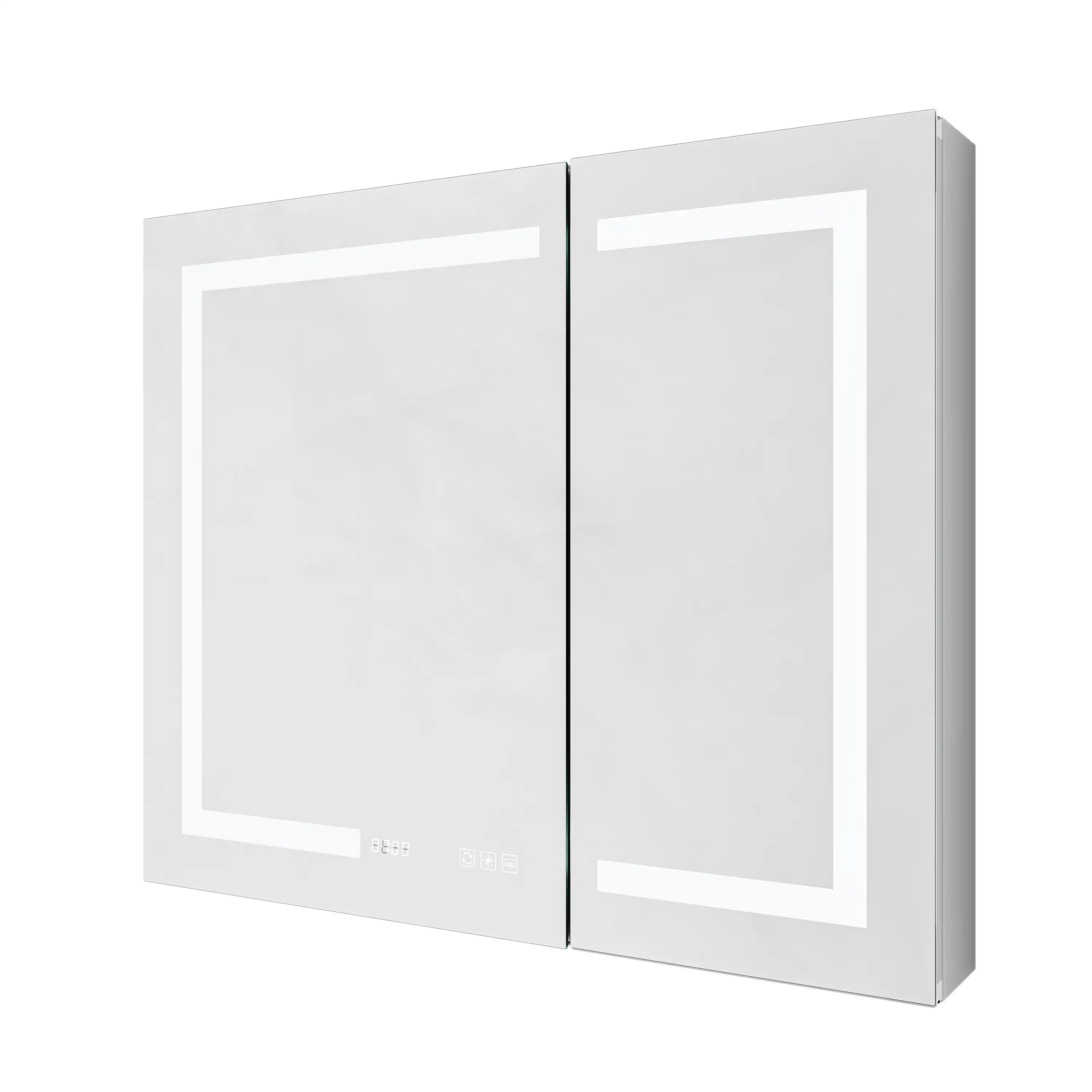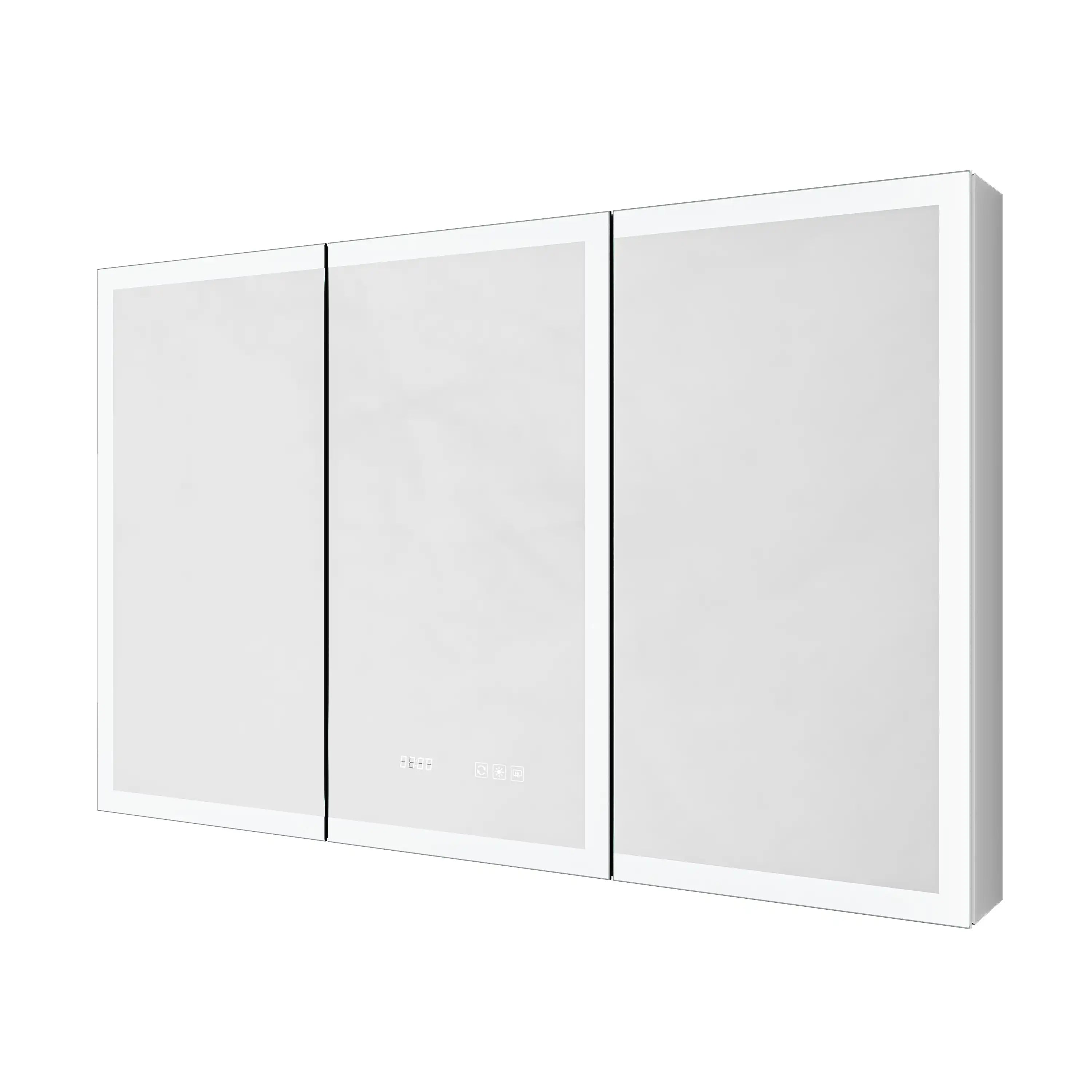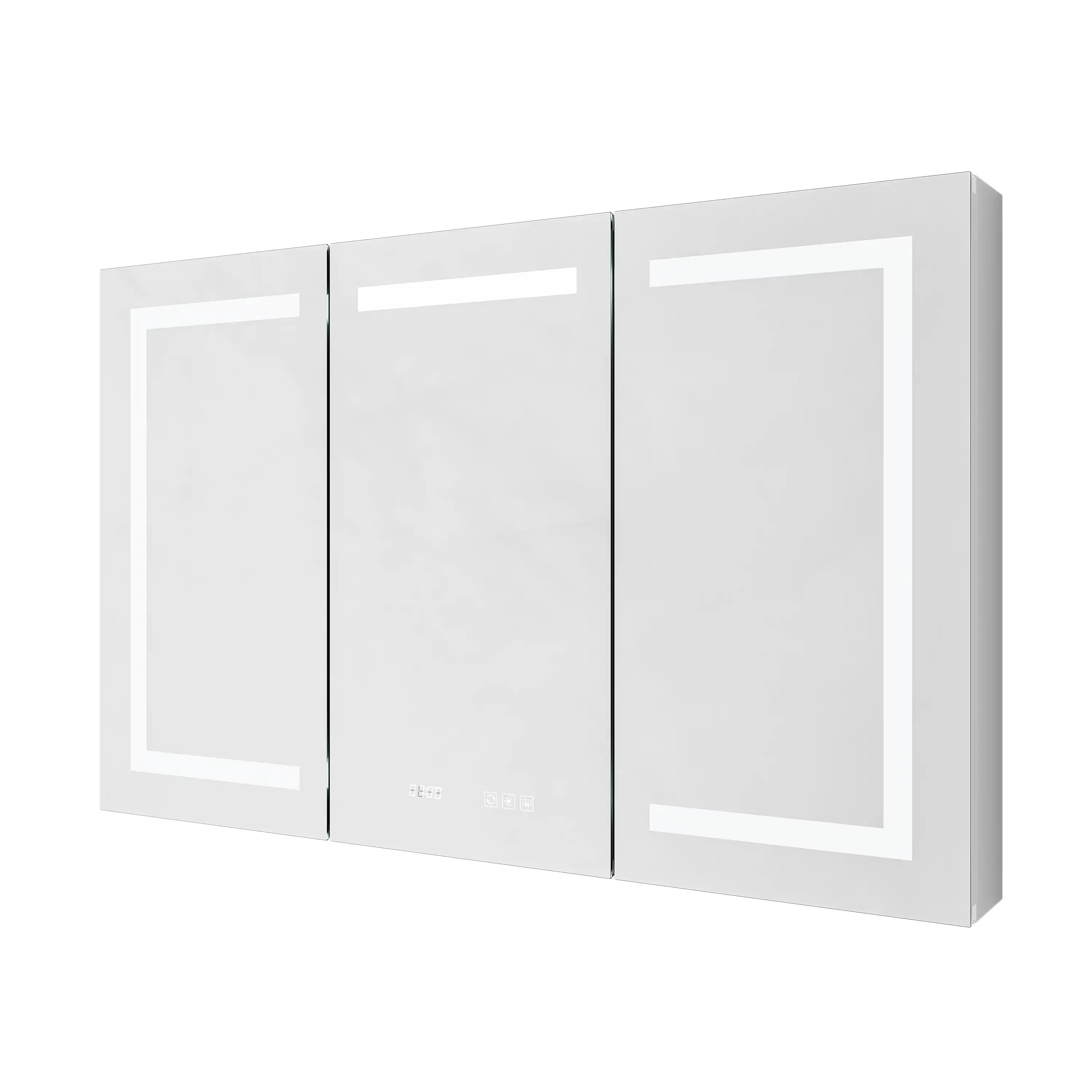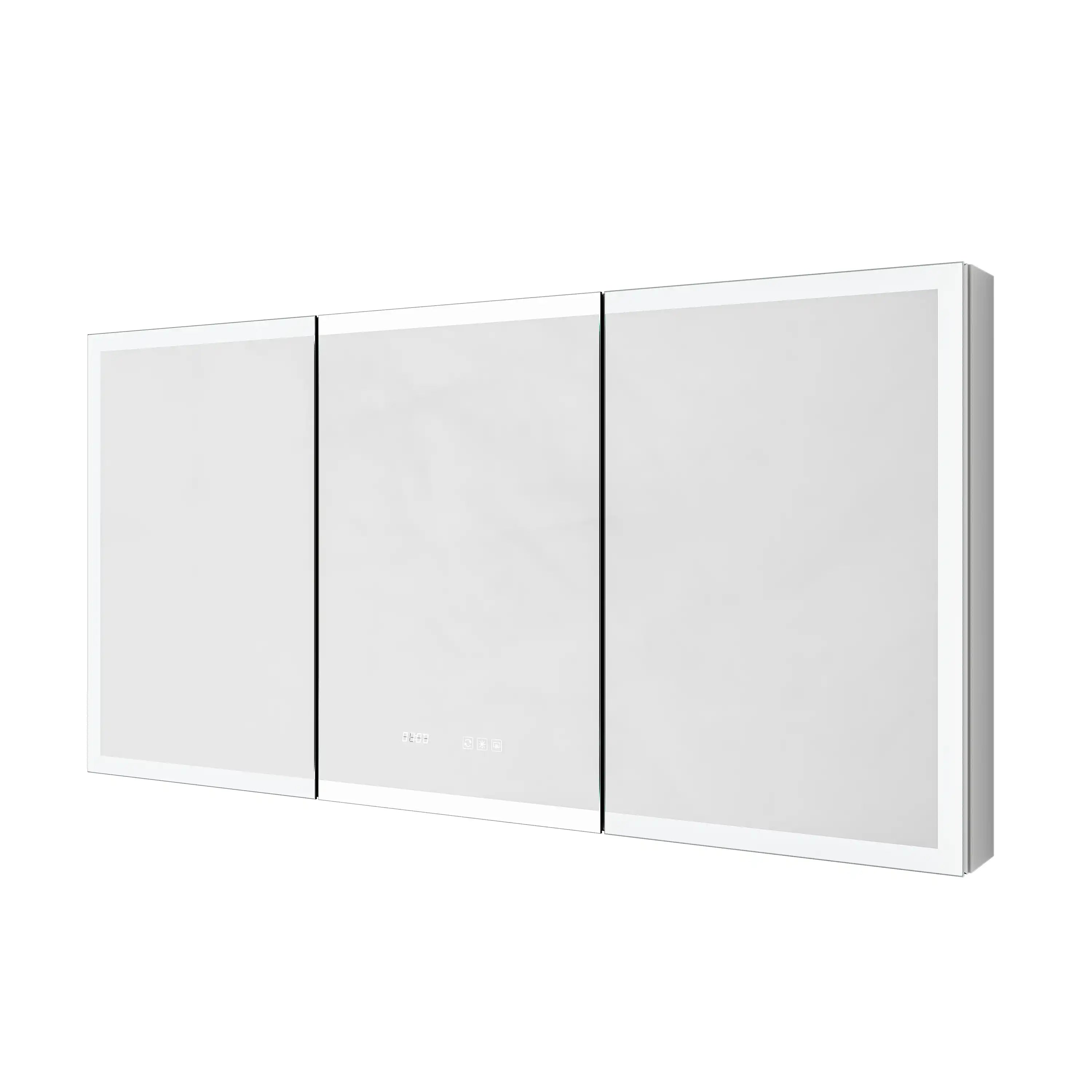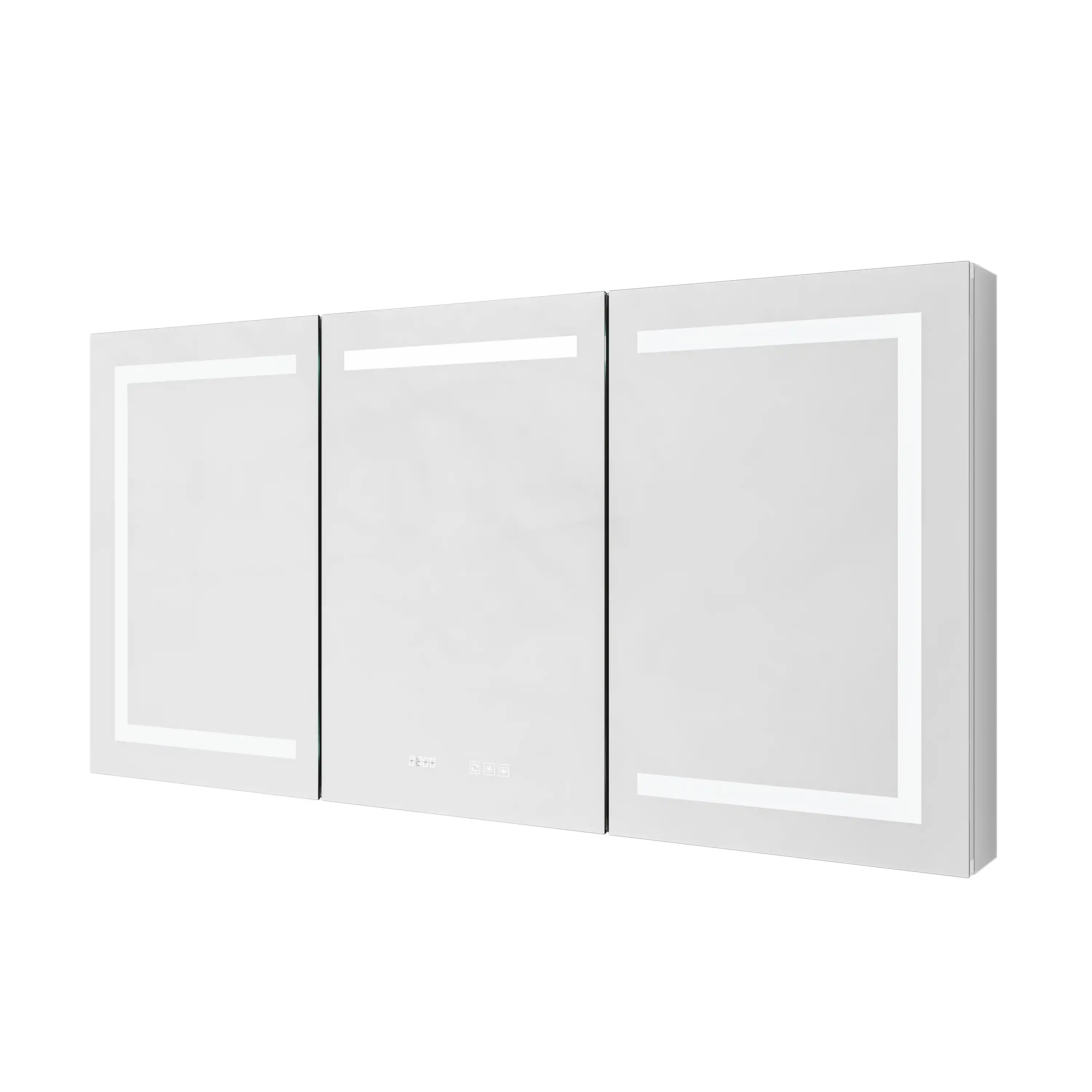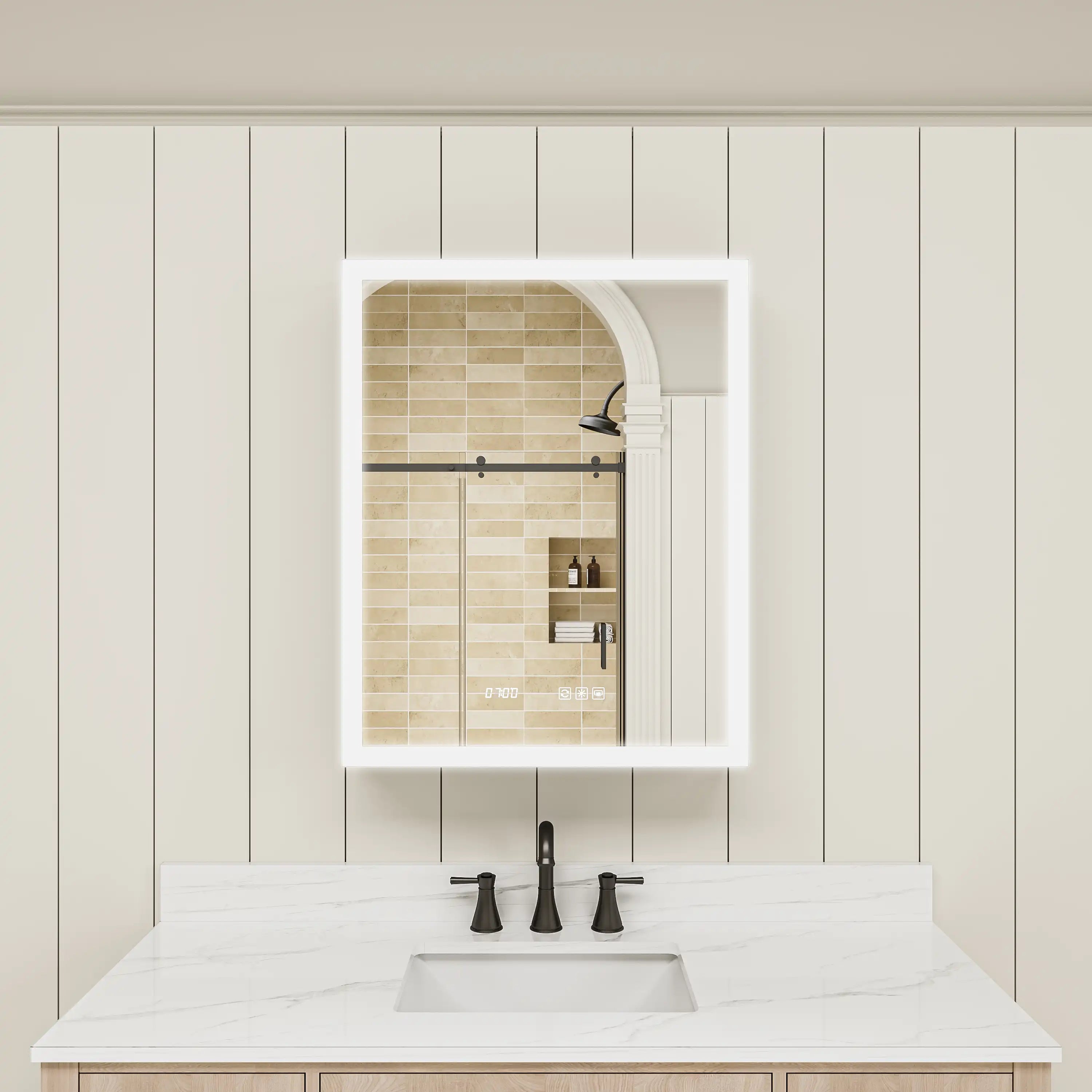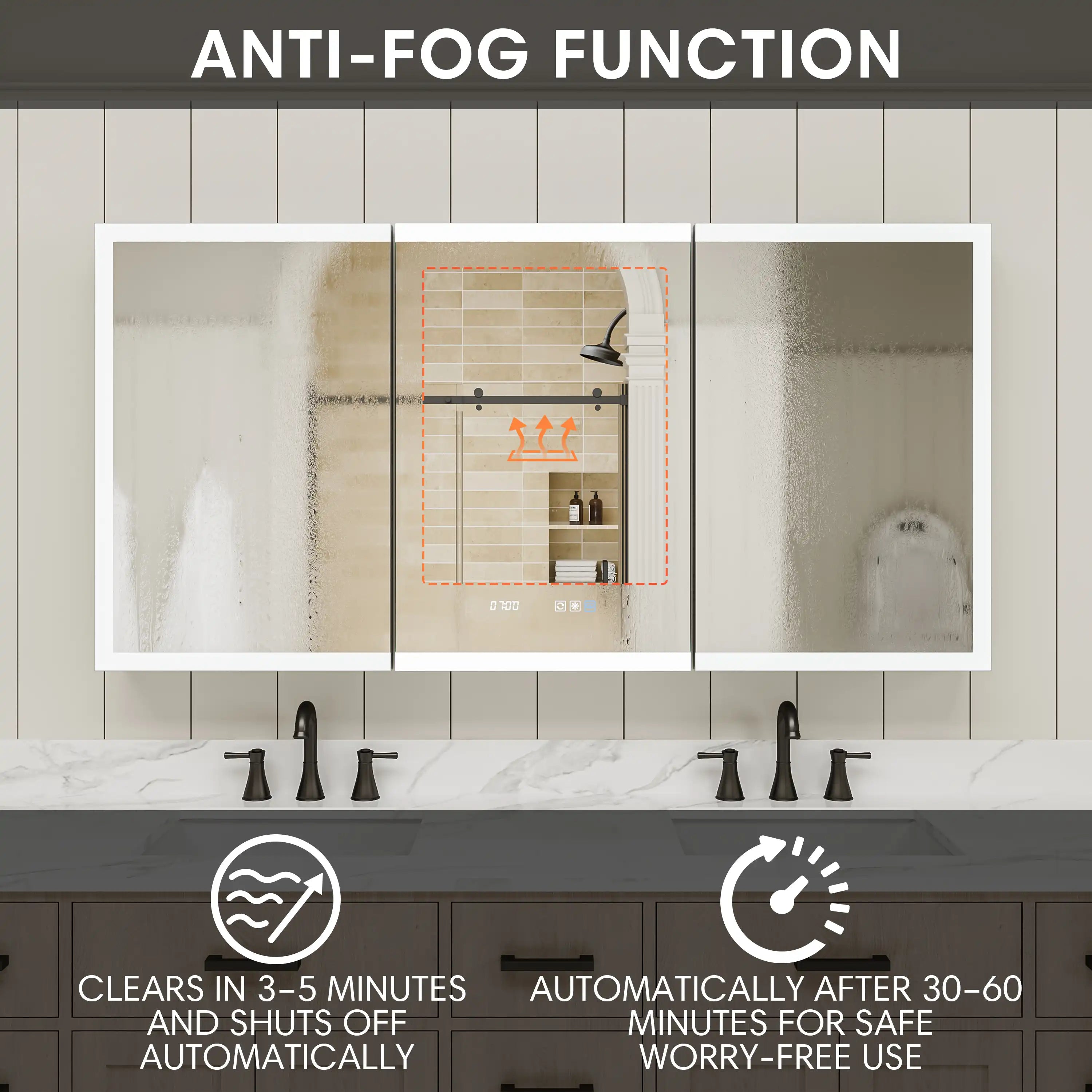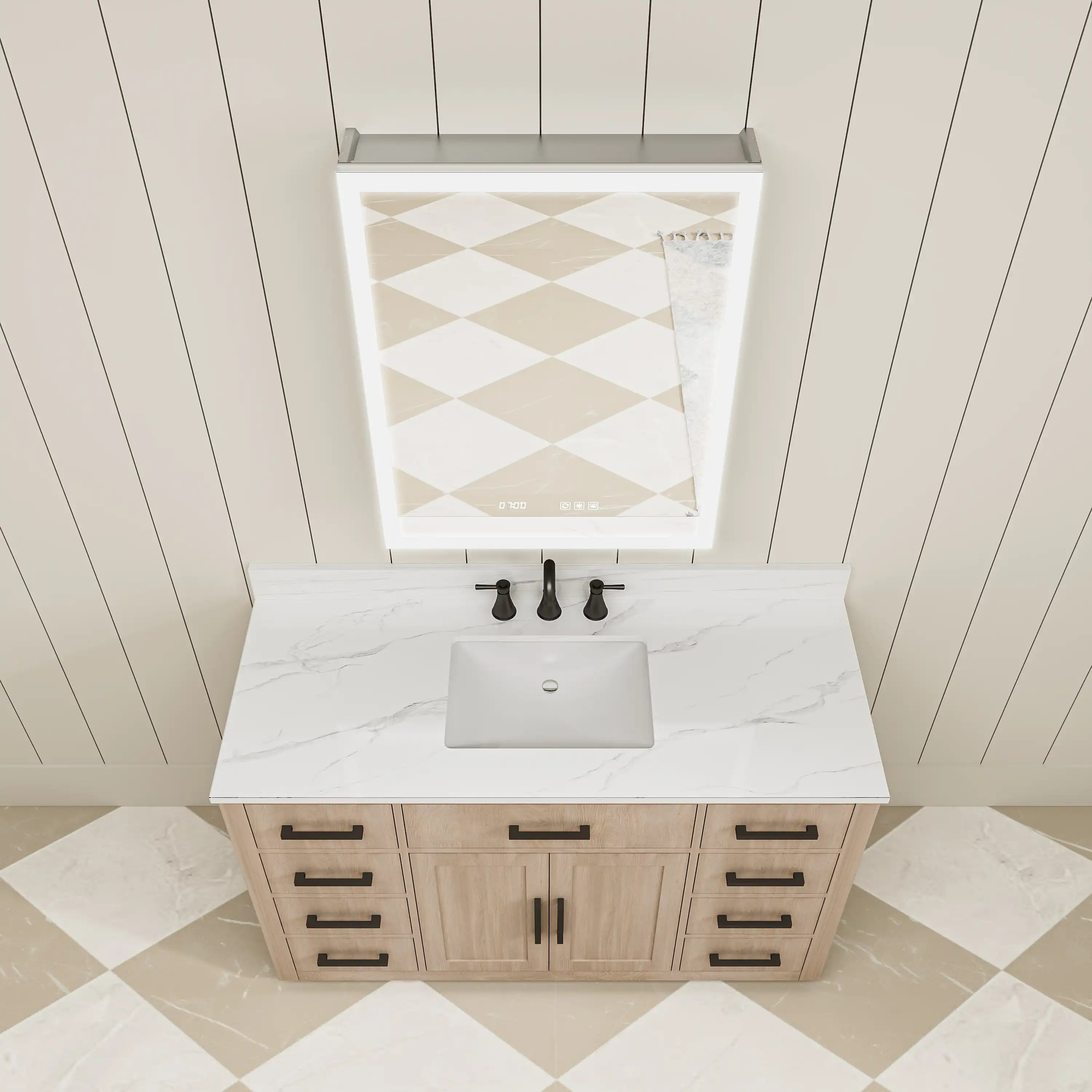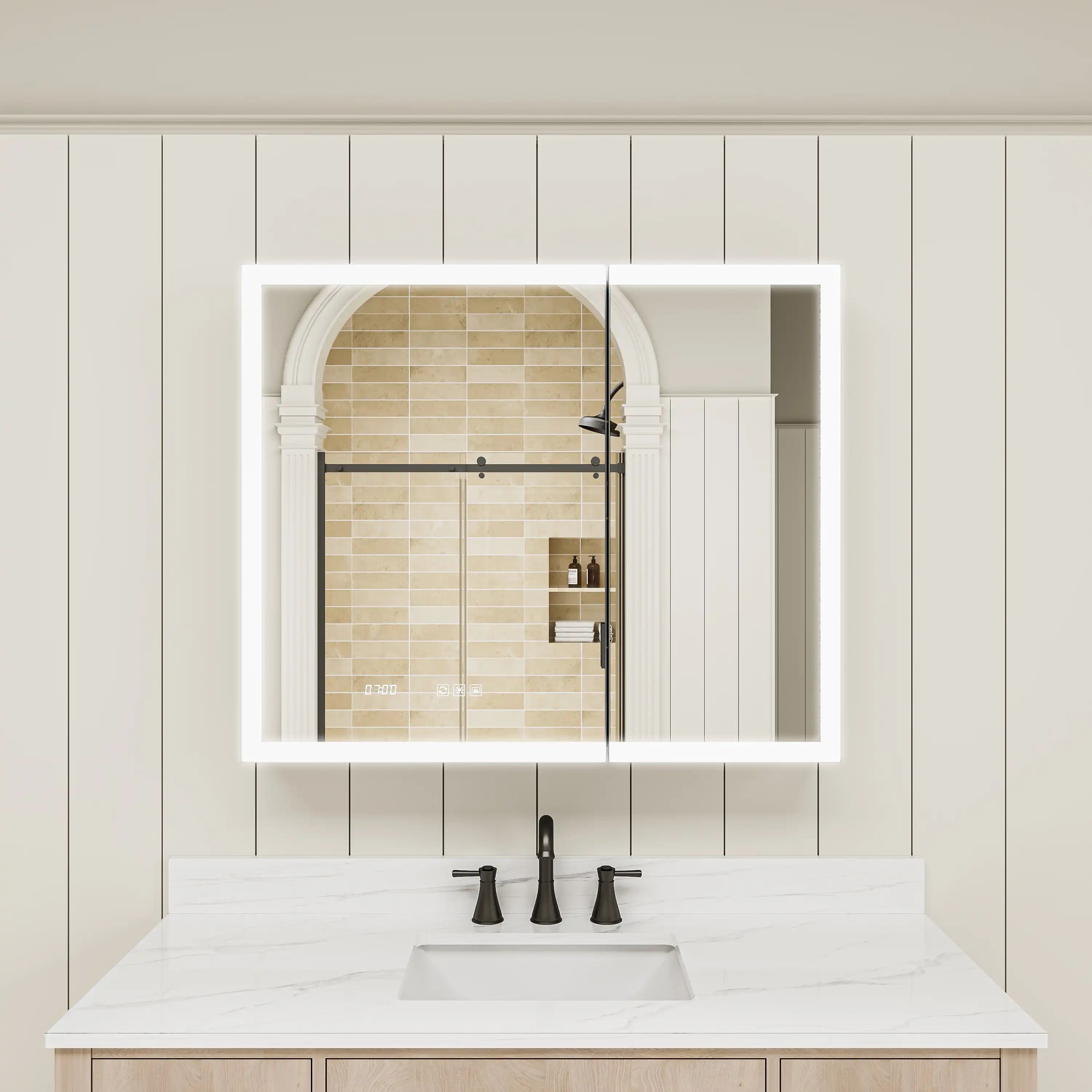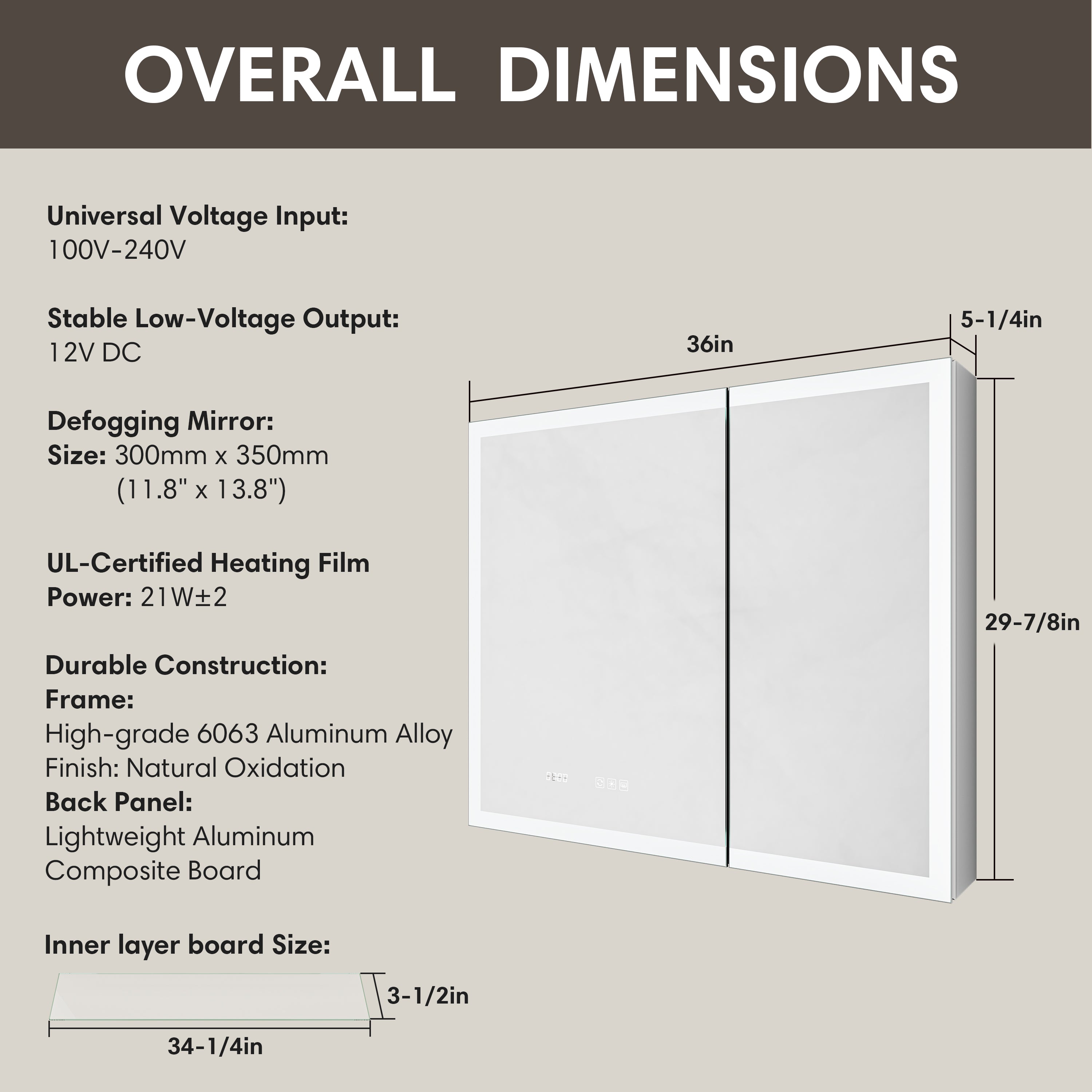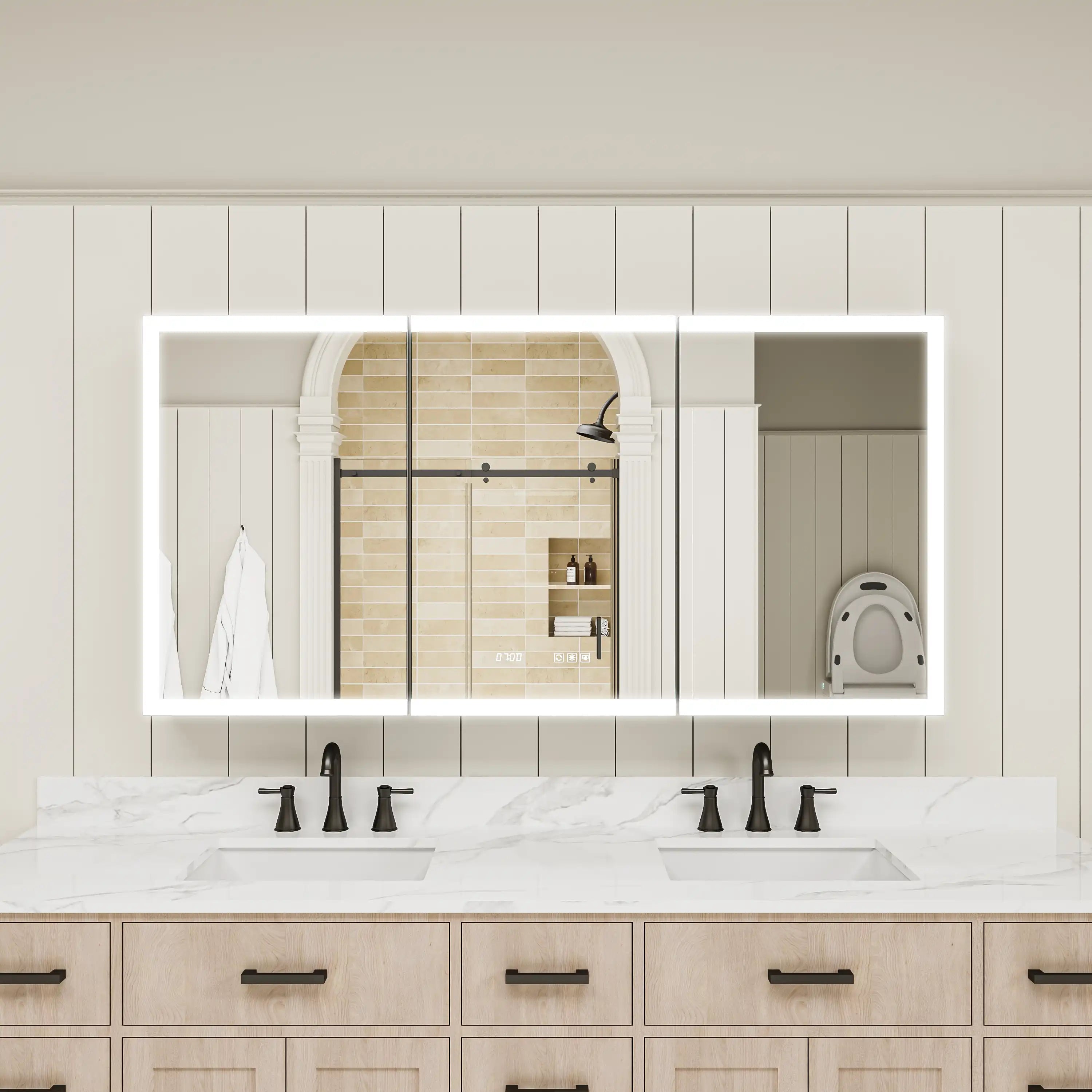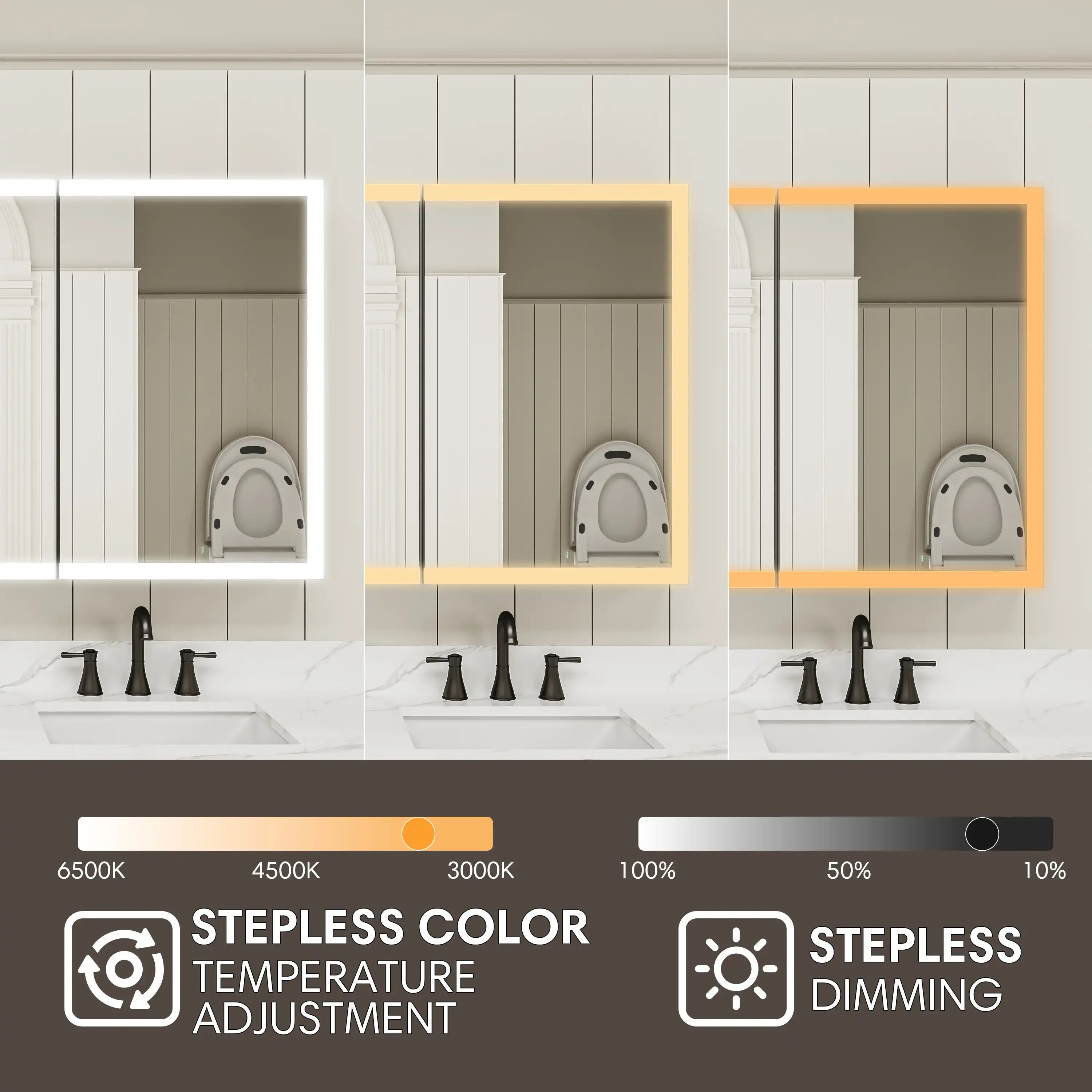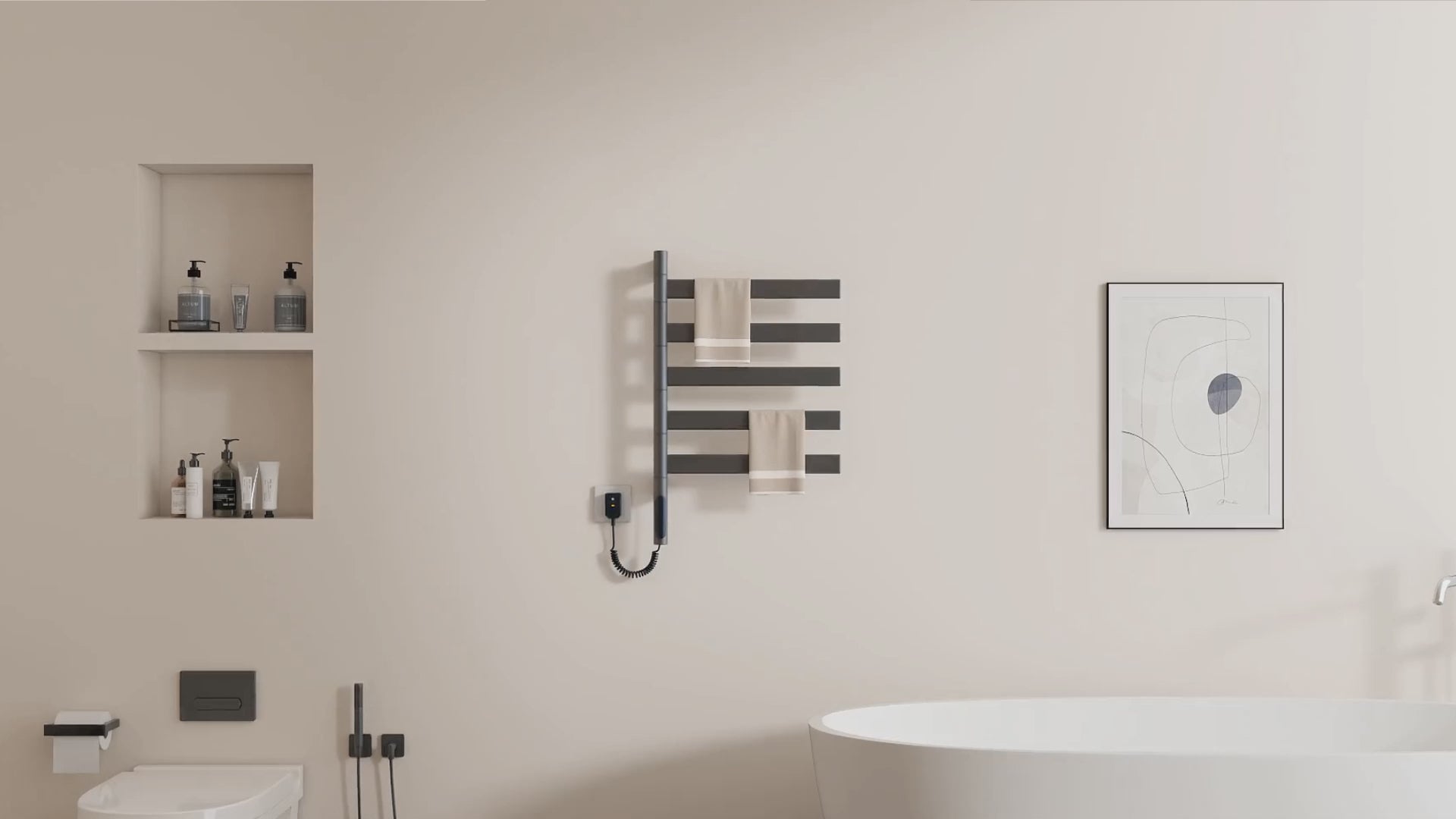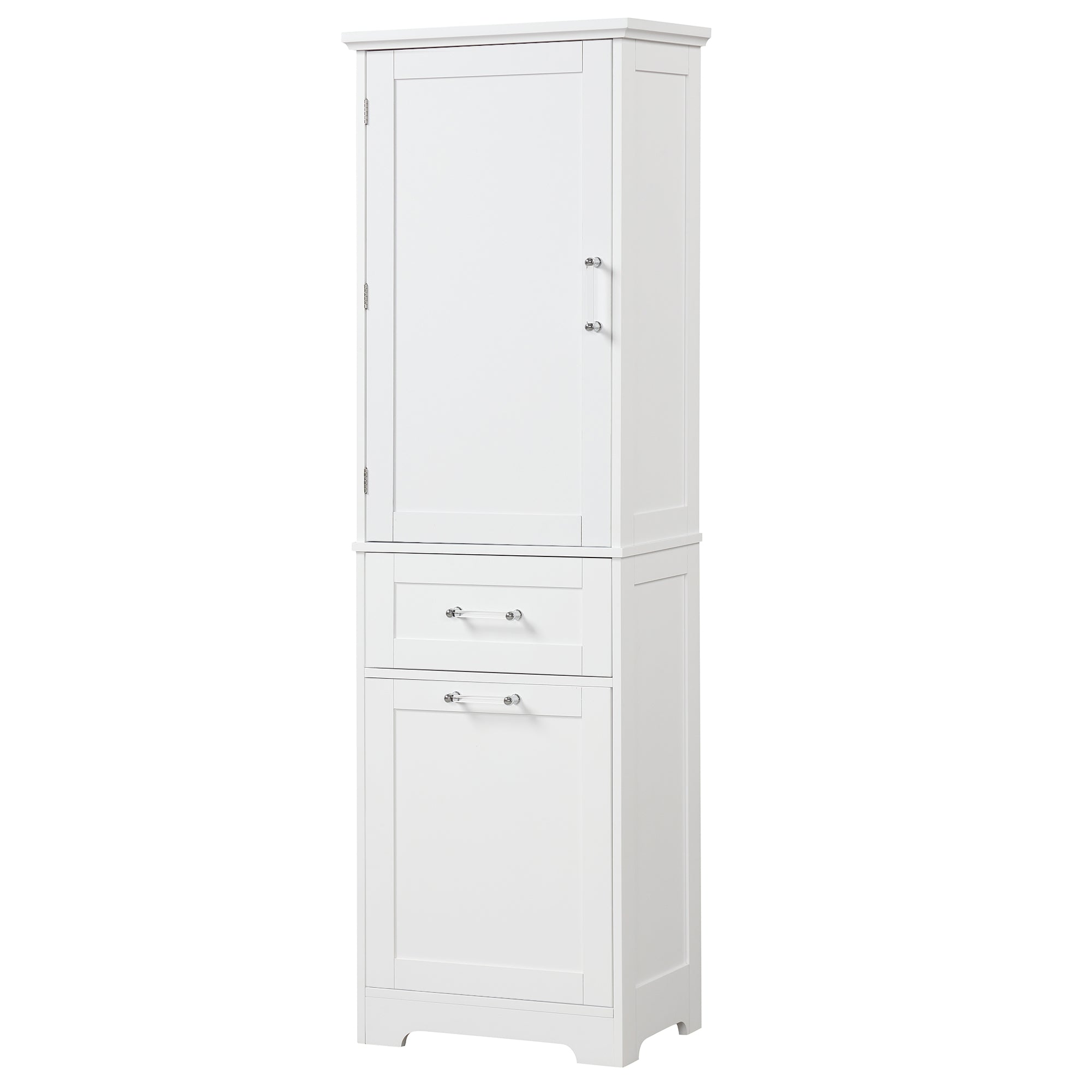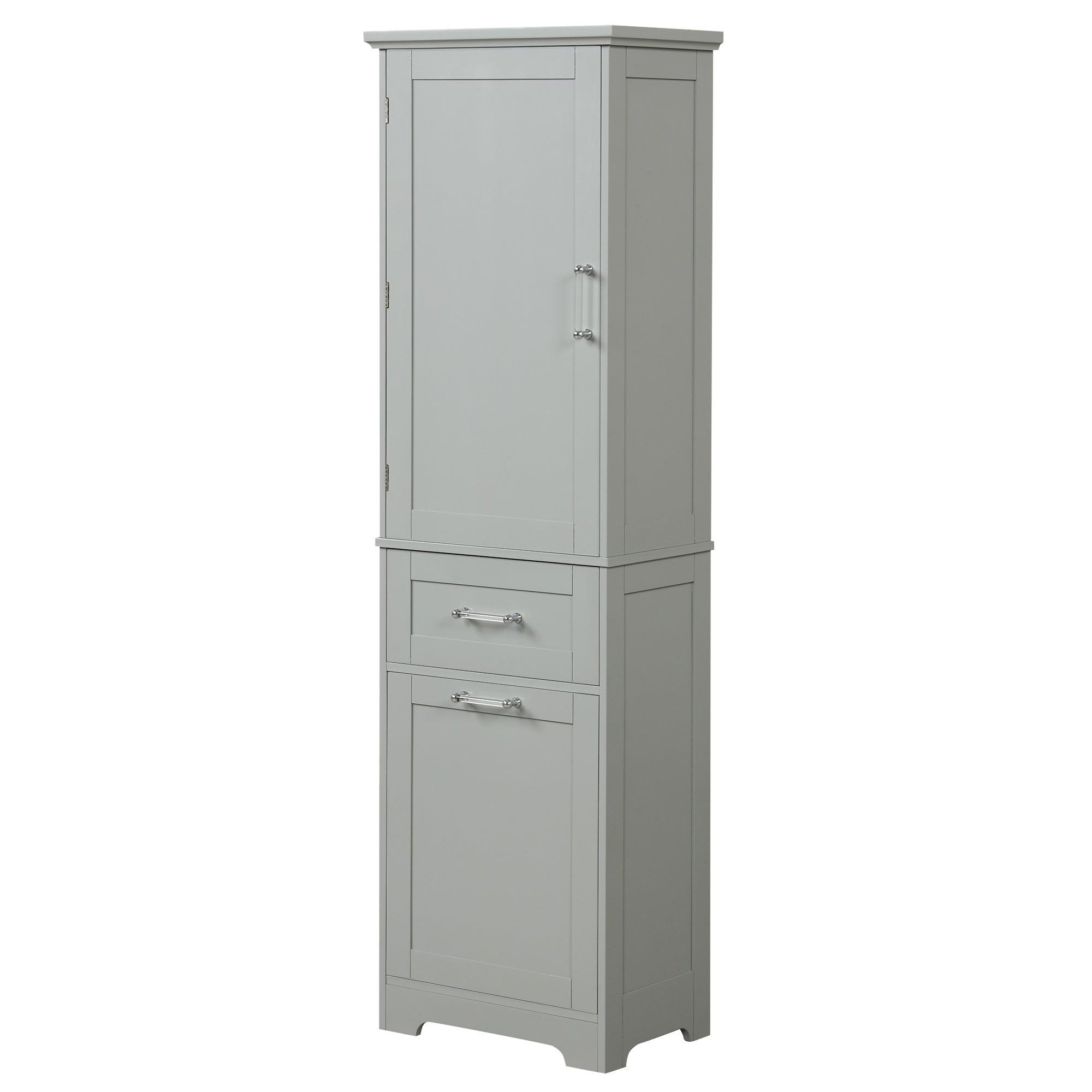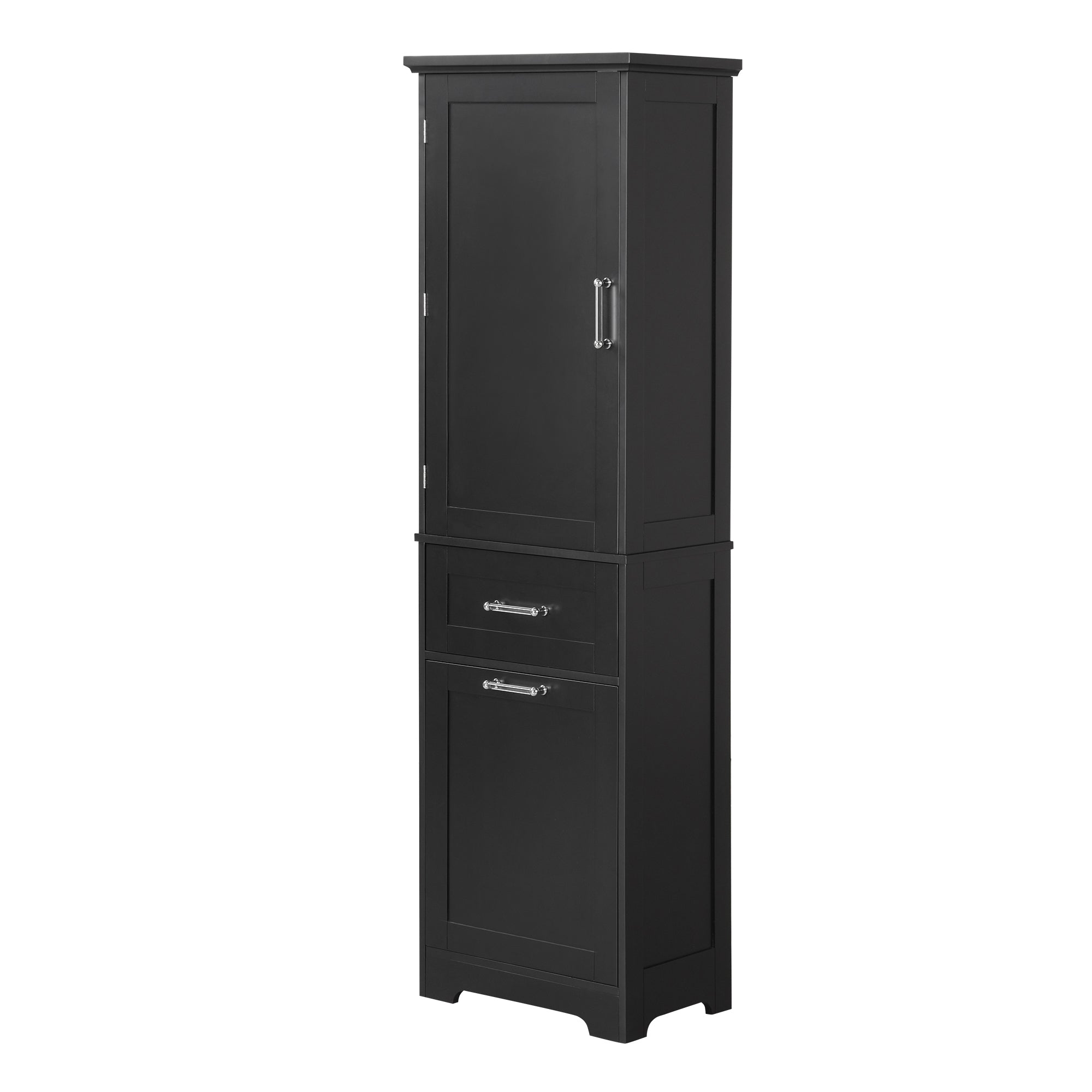Introduction
A medicine cabinet is more than a mirror, it’s the centerpiece of bathroom storage. But when clutter builds up, daily routines become frustrating and time-consuming. Learning how to organize a medicine cabinet helps you maximize space, keep essentials within reach, and maintain a safe, clutter-free bathroom. In this guide, we’ll explore practical steps to measure, categorize, and store items effectively, while ensuring long-term functionality and safety.
Table of Contents:
- Step 1: Measure and Assess Your Medicine Cabinet
- Step 2: Identify and Categorize Bathroom Essentials
- Step 3: Apply Smart Storage Techniques
- Step 4: Ensure Safety and Functionality
- Step 5: Keep It Organized Over Time
- Conclusion
- FAQ
- Related Articles
Step 1: Measure and Assess Your Medicine Cabinet
Before you can organize, you need to know what you’re working with. Start by measuring the height, width, and depth of your medicine cabinet. This gives you a clear idea of what fits comfortably inside and prevents you from cramming oversized items into too-small spaces. Pay special attention to the interior shelves. Some medicine cabinets feature fixed shelves, while others allow for adjustment like our Pro Shower Series Medicine Cabinet.
Adjustable shelving is particularly valuable. For example, a three-layer cabinet with movable glass shelves lets you adapt the space based on item size. Tall bottles of mouthwash or skincare serums can be stored on one shelf, while smaller daily-use products like toothpaste and floss occupy another.
Think of this stage as building the foundation. Taking the time to assess space upfront ensures your strategy is both realistic and sustainable.
Step 2: Identify and Categorize Bathroom Essentials
Once you understand your cabinet’s capacity, the next step is deciding what belongs inside. Not everything in your bathroom needs to be stored here. Instead, focus on items that you use daily or weekly. A typical list of bathroom essentials might include:
-
Oral care: toothbrushes, toothpaste, floss, mouthwash
-
Skincare: cleansers, moisturizers, toners, sunscreen
-
Hair and grooming: razors, combs, small trimmers
-
Medication and first aid: pain relievers, bandages, antiseptic spray
-
Compact appliances: electric toothbrush chargers, facial cleansing devices
Categorization is key. Grouping items by type makes them easier to locate and ensures that your morning routine flows smoothly. A good rule of thumb: keep high-frequency items at eye-level shelf, mid-frequency items on the upper shelf, and less-used or heavy items on the bottom shelf.
In a medicine cabinet that has three shelves, for example, you could designate the middle shelf for day-to-day necessities such as toothpastes and skincare, the top shelf for more seasonal items such as sunscreen or cold medicine, and the bottom shelf for larger bottles of hair products. This balance maximizes accessibility while preventing clutter.

Step 3: Apply Smart Storage Techniques
Even after categorizing, smaller items can quickly scatter, turning your cabinet into a disorganized mess. This is where smart storage techniques come into play.
-
Use storage boxes or dividers: Small, clear bins or drawer organizers keep items grouped together. For example, one box can hold first aid supplies, another can hold skincare minis.
-
Label everything: Adding labels to containers or shelves eliminates guesswork, especially if multiple family members use the cabinet. Labels like “Daily Care,” “First Aid,” or “Travel Sizes” simplify access.
-
Opt for transparent containers: Being able to see contents at a glance prevents duplicate purchases and reduces search time.
-
Practice the “one in, one out” principle: Each time you add a new product, ask yourself whether an older one should be discarded. This keeps the inventory manageable.
These techniques not only save space but also promote long-term organization. A medicine cabinet is a high-traffic zone and that's why simplicity and visibility are critical.

Step 4: Ensure Safety and Functionality
A medicine cabinet isn’t just about convenience; it’s also about safety. Poorly stored items can pose risks, from falling bottles to unsafe electrical use.
First, avoid overloading shelves. You can go higher with lightweight products, but heavier bottles should always be placed at the bottom. This reduces the chance of something falling when you open the door. For households with children, it’s especially important to keep medications or sharp grooming tools on higher shelves or inside lockable compartments.
Another modern feature to consider are built-in electrical outlets. While this is incredibly convenient, safety should come first. Always check the power rating of the outlet before plugging in high-wattage appliances like hairdryers. Some cabinets are designed for small devices only. Using the wrong outlet can cause overheating or electrical hazards.
By combining proper storage habits with safe electrical practices, you not only keep your cabinet organized but also protect your family and your home.

Step 5: Keep It Organized Over Time
Organization isn’t a one-time task, it’s a habit. To maintain your system, set reminders to tidy up your medicine cabinet every three to four months. This is especially important for items with expiration dates, such as medication or cosmetics. Outdated products not only take up space but can also be unsafe.
Another tip is seasonal rotation. In summer, make sure sunscreen and insect repellent are easy to reach. In winter, keep cold medicine or lip balm front and center. This small adjustment ensures that your cabinet always matches your lifestyle needs.
Finally, remember that organization evolves with your routines. A new skincare product or a change in family needs may require adjusting shelves or reassigning storage categories. The best system is one that adapts over time.
Conclusion
An organized medicine cabinet saves time, reduces stress, and keeps your bathroom safer. By measuring space, grouping essentials, applying smart storage, and following safety practices, you’ll create a system that lasts. Learning how to organize a medicine cabinet isn’t just about order — it’s about making your bathroom more functional and enjoyable every day.
FAQ
Q1: How often should I organize my medicine cabinet?
A: Experts recommend reviewing your cabinet every three to four months. This helps remove expired items and keeps your space fresh and functional.
Q2: What items should never be stored in a medicine cabinet?
A: Avoid storing prescription drugs that require specific temperatures, as well as large or heavy items that could damage shelves. Store high-value or sensitive items in a safer location.
Q3: Is it safe to store electrical devices inside a cabinet with outlets?
A:
Q4: What’s the advantage of adjustable shelves?
A: Adjustable shelves allow you to customize spacing for different items, from tall bottles to small jars. This flexibility makes your storage far more efficient and user-friendly.
Related Articles
Recessed Medicine Cabinet With Mirror vs. Traditional Cabinets
Types of Medicine Cabinets: How to Choose the Right Storage for Your Bathroom
More Than Just a Mirror: The Hidden Superpowers of a Lighted Medicine Cabinet


